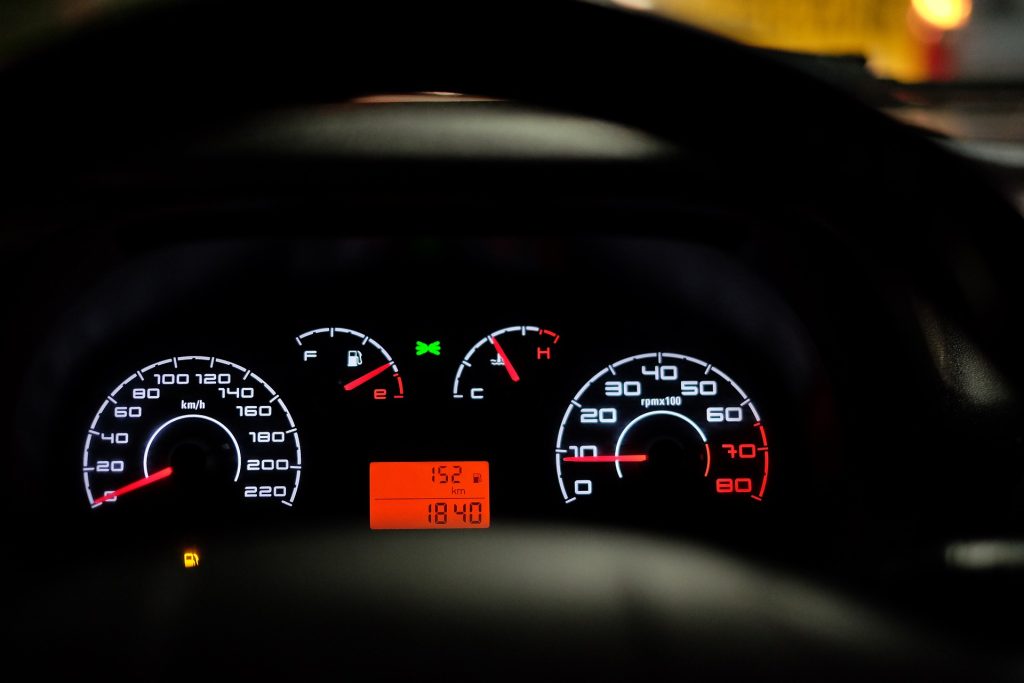Warning lights on your car dashboard can be a source of frustration for many drivers. Not only are they visually unappealing, but they can also indicate that something is wrong with your vehicle and needs to be addressed. Ignoring these warning lights can lead to more costly repairs down the road. It’s important to understand what warning lights mean, how to troubleshoot them, and how much you should expect to pay for regular maintenance and repairs in order to keep your car in good condition and minimize potential problems. In this blog post, we’ll discuss why it’s essential not to ignore warning lights on your dashboard, common warning signs you should look out for, steps you can take yourself before taking the vehicle into a mechanic, as well as tips on keeping your car running smoothly.
What do the warning lights on your car mean?

Warning lights on your car can be confusing and, if left unchecked, can lead to costly repair bills. In order to keep your car running correctly, it’s important to familiarize yourself with what each light is telling you. For example, a red oil warning light usually indicates that the oil pressure or oil level is too low, while a yellow oil warning light might mean something like an overdue oil change. It is also helpful to recognize common symbols such as a battery for electrical problems, engine temperature gauges, and check engine lights. Paying attention to your dashboard warnings can help you to quickly identify and respond to potential problems before they become serious issues down the road.
Why is it important to pay attention to them and address any issues they may be indicating sooner rather than later?
It is important to pay attention to your vehicle’s warning lights and address any issues they may be indicating. Ignoring these warning signs can result in costly repairs or even dangerous situations. The earlier the issue is addressed, the less it generally costs to repair it. Along with this, the safety of you and your passengers depends on the proper functioning of your car’s systems, so addressing any potential issues quickly is paramount. Make sure you understand what all of your vehicle’s different warning lights mean, so that you are better able to respond should they activate while you are out driving.
How can ignoring warning lights lead to bigger, more expensive problems down the road for your car or truck?

Your vehicle’s warning lights are there for a reason. Ignoring them can lead to bigger, more expensive problems down the road. For example, if your low tire pressure light is on, continuing to drive on a low tire can cause the tire to overheat and fail. This can not only damage your tire, but also put you and other drivers at risk. So, next time you see a warning light, don’t ignore it.
What are some of the most common warning lights that drivers should be aware of and take action upon seeing them illuminated on their dashboard instrument panel?
The most common warning lights are the engine oil light, which comes on when there is not enough oil pressure; the coolant temperature light, which comes on when there is an issue with the engine cooling system; and the check engine light, which comes on when there is an issue with any of the car’s sensors. Taking action immediately upon seeing a warning light illuminated is important as ignoring it could cause larger issues later on.
Are there any steps you can take yourself to troubleshoot certain issues before taking your vehicle in for repair, or is it always necessary to visit a mechanic when one of these lights comes on?
While it isn’t advised to conduct extensive vehicle repairs on your own, there may be some things you can do to investigate the issue further. Be sure to consult your owner’s manual for insights into the light’s message and meaning. If safe and applicable, turn off the engine and check the oil, transmission fluid levels and coolant hoses for damage or leakage. If further diagnostic procedures are needed, make sure to take your vehicle in for repair. Having an exact understanding of what triggered the warning light will give your mechanic a better idea of how best to go about addressing the problem.
What are some tips for keeping your car in good shape so that you’re less likely to experience problems down the road, and how much should you expect to spend on regular maintenance and repairs?

Regular vehicle maintenance is essential for the longevity and dependability of your ride. Make sure to check your car’s oil, wiper blades, brakes, and fluids in between servicing. Additionally, never ignore your vehicle’s warning lights or early indicators of trouble – such as strange noises or vibrations – as this can help you nip any potential issues in the bud before they escalate into more expensive repairs. To reduce unexpected costs down the road, give yourself a budget – generally annual servicing should cost around four-hundred dollars and ongoing minor repairs no more than two-hundred dollars anywhere else. As always, it’s important to keep up on regular maintenance so you can be sure you’re driving safe and sound.
It’s important to pay attention to your car’s warning lights and take them seriously. By doing so, you can avoid bigger problems and expensive repairs down the road. There are some steps you can take yourself to troubleshoot certain issues before taking your vehicle in for repair, but it’s always best to visit a professional mechanic. Staying on top of maintenance for your car is the best way to prevent major issues from occurring.
Contact Clift Buick GMC today for assistance with keeping your vehicle healthy and running smoothly!





